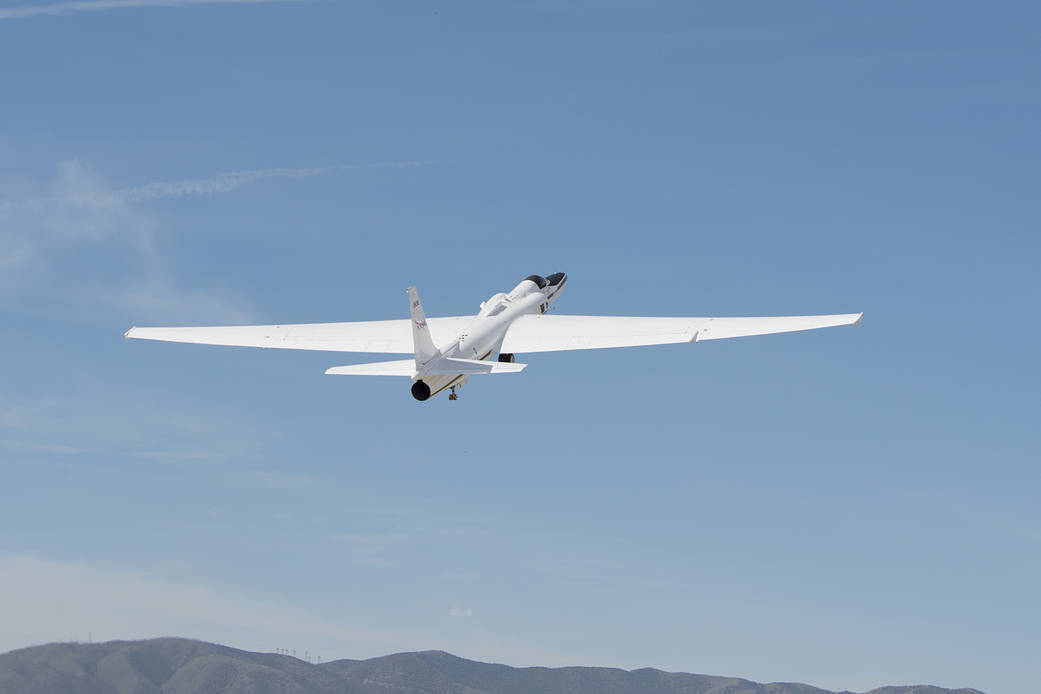The team is monitoring storms across the Midwest and East America on two NASA aircraft equipped with scientific tools to help understand their internal processes when winter storms form. The team flies two planes to study winter storms, one above the storm and one into the clouds. Each is equipped with a set of scientific instruments to collect data on ice particles and the conditions in which they form. The tests are part of NASA’s second deployment of the Microphysics and Atlantic coast-threatening hurricane (IMPACTS) mission, which is scheduled to begin in January and end in late February.
This data will help to relate the properties of snow particles and their environment to large-scale processes such as the formation of clouds and precipitation patterns that can be seen by remote sensing equipment on aircraft and satellites. Ultimately, what the IMPACTS team learns about blizzards will improve their ability to predict where and how much snow will fall using weather models and satellite data.
Storms often form narrow structures called snow bands, said Lynn McMurdie, principal investigator for IMPACTS and an atmospheric scientist at the University of Washington in Seattle. One of the main goals of IMPACTS is to understand how these structures form, why some storms don’t have snow bands, and how snow bands can be used to predict snowfall. To do this, the team hopes to sample a wide variety of storms throughout the three-year IMPACTS campaign.
During the 2020 IMPACTS campaign, the team sampled a variety of storms in the Midwest and East Coast, including warmer rainstorms and storms with strong cold fronts and convection. But McMurdie says the team didn’t see a Nor’easter, a storm with a strong low-pressure system that moves up the New England coast and mixes moisture from the Atlantic Ocean with cold air from Canada.
Nor’easters come up the East Coast and can dump several feet of snow, effectively shutting down cities, said John Yorks, one of the deputy principal investigators for IMPACTS at NASA’s Goddard Space Flight Center in Greenbelt, Maryland. Being better able to predict where these storms will bring snow and how much could help cities better prepare for severe winter weather.
Why not satellites?
NASA and its allies have several satellites that measure rainfall from space, meaning that the global rainfall measurement mission monitors rainfall and snow in most parts of the world every three hours. “But satellites can’t tell us much about the particles – the real snowflakes – and where they form in the clouds,” said Jerry Heimsfield, one of the sub-primary researchers for impacts at Goddard. Impressions are gained in a fluid, global, diffused way.
Instead, IMPACTS flies two aircraft equipped with scientific instruments. NASA Armstrong Aeronautical Research Center ER-2, a high-flying jet flying from Pope Military Airport near Foytville, North Carolina, will fly at an altitude of about 65,000 feet above and below the clouds. The instruments on the ER-2 are similar to those on satellites, but with higher spatial resolution, additional measurement capabilities, and more frequent models. Scientists on the ground use ground-based radars to measure the properties of clouds from below.
NASA’s ER-2, a high-powered jet with a set of scientific instruments, took off.
NASA’s ER-2, a high-powered jet with a set of scientific instruments, took off.
Credit: NASA’s Armstrong Aeronautical Research Center
“A program like an Impact can actually provide those spacecraft measurements with greater clarity, greater accuracy, more frequent sampling of an event, and additional parameters such as Doppler measurements,” Yorks said.
The other aircraft, the P-3 Orion, made from Wallops, flies at an altitude of 26,000 feet. Studies hanging on the wings of P-3 measure the size, shape, and distribution of raindrops. P-3 flying at different altitudes allows the team to measure snow particles and temperature, vapor, and other conditions in which they form throughout the cloud.
The P-3 also drops small instruments called dropsondes over the ocean. These instruments work upside down like weather balloons, measuring temperature, air, and humidity in the atmosphere as they fall. Depending on which storm the team is studying, the team launches weather balloons every few hours as the storm rises from multiple moving sites. Data collected by dropsondes and weather balloons provide information on pre-, post-, and post-storm atmospheric conditions.
“Blizzards are very complex storms, and we need every data – models, aircraft equipment, weather sounds – to find out what’s going on inside these storms,” Heimsfield said.
The multi-year IMPACTS campaign is the first comprehensive study of blizzards across the eastern United States in 30 years. The scientific team includes NASA researchers, several universities across the country, the National Center for Atmospheric Research, and NOAA, including partners from the National Weather Service.

